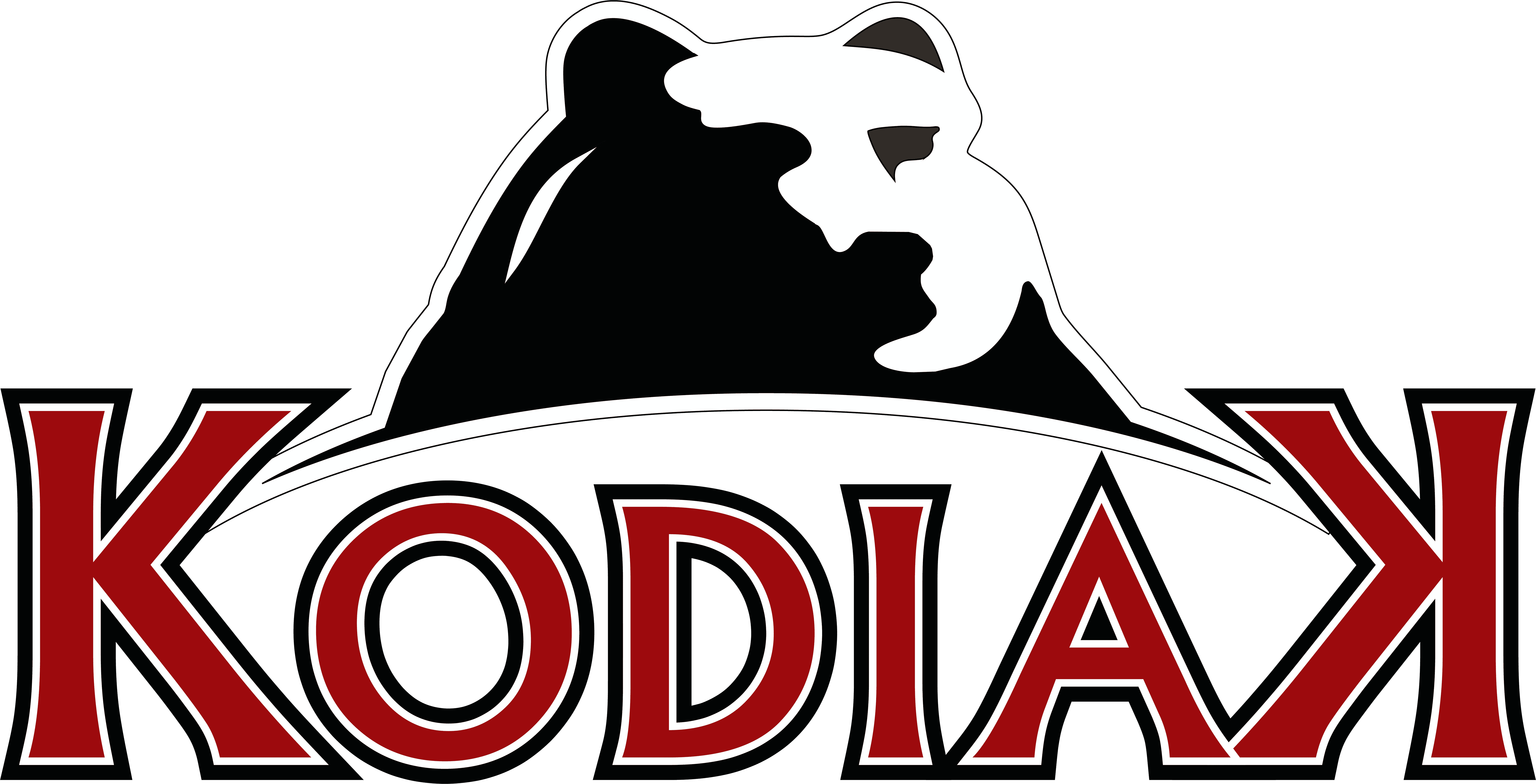A damaged or aging commercial roof can quickly become a liability. While small leaks and minor issues can often be patched, there comes a point where repairs simply aren’t enough. In this guide, we’ll walk you through the top five signs you need a new commercial roof and explain how re-roofing can save you money, protect your investment, and help you plan for the future.
Understanding Roof Repair vs. Replacement
Knowing whether your commercial roof needs a full replacement or just a repair is essential for budgeting and building health. This section breaks down what sets the two options apart.
What’s the Difference?
Not all roofing issues require a full replacement, but understanding the scope of your damage is key to determining the right solution.
- Roof repairs are ideal for isolated issues like a minor puncture, seam failure, or flashing damage.
- Re-roofing is a full system overhaul that typically includes removing old materials or adding a new membrane over the existing one if conditions allow.
Knowing when to stop investing in band-aid solutions and start planning for a complete replacement can be the difference between preventing structural damage and dealing with expensive interior repairs.
1. Frequent Leaks and Water Intrusion
Repeated leaks are one of the many signs you need a new commercial roof. Let’s go over why persistent leaks should not be ignored.
Why Leaks Matter
Even if water isn’t pouring in, chronic roof leaks can cause major damage over time.
- Damage insulation
- Lead to mold growth
- Rot decking and structural components
- Interrupt business operations
Can It Be Repaired?
Some leaks can be addressed with small repairs, but long-term recurrence is a sign that repairs are no longer enough.
Occasional leaks, especially near flashing or penetrations, are often repairable. But when leaks return or occur in multiple areas, full replacement is usually the smarter investment.
2. Ponding Water That Doesn’t Drain
Ponding water might not seem urgent at first glance, but it’s often an early warning sign of bigger problems ahead.
What Is Ponding?
This type of standing water is easy to overlook, especially on flat roofs.
It refers to water that sits on your roof for more than 48 hours after rain. Flat and low-slope roofs are particularly vulnerable.
What It Means
- Indicates poor drainage or structural sagging
- Accelerates membrane deterioration
- Increases the risk of leaks and collapses
If ponding occurs in several areas or worsens over time, it can signal that your roof’s slope, insulation, or structural integrity has been compromised.
3. Visible Membrane Damage or Aging
Surface wear and tear can reveal a lot about the condition of your roof. This section helps identify common visual cues that it may be time for a new roof.
Common Types of Visible Wear
It’s important to recognize visual indicators before they turn into structural failures.
- Cracks and splits
- Blistering or bubbling
- Shrinkage or pull-back from edges
- Surface discoloration or bald spots
These conditions are one of the many signs you need a new commercial roof. I
Can Membrane Damage Be Repaired?
Isolated damage may be patchable, but extensive wear generally points to bigger problems.
Small cracks or blisters can sometimes be patched. However, widespread damage is a common commercial roof replacement warning sign.
4. Old Age and Expired Service Life
Even the most well-maintained commercial roofs have a shelf life. Understanding when your system is simply too old can save you from emergency costs down the road.
Average Roof Lifespan by Material
These numbers give a general benchmark but should always be paired with regular inspections.
- TPO/PVC/EPDM single-ply roofs: 20 to 30 years
- Built-up roofing (BUR): 20 to 25 years
- Modified bitumen: 15 to 25 years
- Metal roofs: 30 to 45 years (depending on coating)
What to Do When a Roof Nears End-of-Life
Planning ahead can prevent unexpected disruptions or budget overruns.
Start budgeting for commercial reroofing well in advance. Older roofs are more prone to sudden failures and higher repair costs.
5. Escalating Maintenance and Repair Costs
If your maintenance bills keep climbing, it might be time to stop repairing and start replacing. This section explores the financial signs.
When Costs Become Unsustainable
Too many repairs in a short period of time can indicate that your roof is past its prime.
- If yearly repair bills are climbing steadily
- If multiple service calls are needed annually
- If repairs no longer last more than a few months
This signals that your roof has become a money pit. Rather than continuing to invest in temporary fixes, it may be time to consider re-roofing.
Hypothetical Cost Comparison
This example shows how long-term costs can quickly outpace replacement.
Let’s say you spend $8,000 per year on patching a 20-year-old roof. In five years, that’s $40,000. You could invest that same amount toward a new, warrantied roof with lower maintenance needs and better energy performance.
Avoid costly surprises and simplify your next steps with re-roofing guidance from Kodiak Roofing & Waterproofing. Our team will assess your current roof condition and recommend a tailored solution.
When to Replace a Flat Roof vs. Continue Repairs
Flat roofs require unique attention due to their low slope and drainage design. Here’s how to decide when a full replacement is necessary.
What to Consider with Flat Roofs
Flat roofs tend to show wear differently than pitched systems, making regular assessments essential.
Deciding when to repair or replace a flat roof often depends on:
- The extent of current damage
- The age of the system
- Your budget and long-term goals
- Whether the underlayers are affected
If multiple red flags are present or the roof is over 20 years old, replacement is typically the most cost-effective route.
Can You Re-Roof Without a Full Tear-Off?
In some cases, yes. This section explains when an overlay may be possible instead of a complete removal.
Conditions That Make Overlays Possible
Overlaying a roof can save time and money if done under the right conditions.
A roof overlay can be installed on top of a single existing layer, provided:
- The deck and insulation are dry and stable
- Local codes allow it
- There’s no prior history of ponding or adhesion issues
However, if there are multiple layers, significant moisture, or structural damage, a full tear-off is necessary for long-term performance.
Why Visible Damage Often Hides Bigger Problems
Surface signs are helpful, but what lies beneath the membrane could be even more critical to your roofing decision.
What’s Beneath the Surface?
Beneath every membrane is a system of materials that protects your building from water, heat, and structural stress.
- Wet or compressed insulation
- Rusted or warped metal decking
- Mold growth beneath the membrane
This is why core sampling and thermal imaging are essential when evaluating replacement options.
Roof Repair vs. Replacement: Long-Term Cost Impact
This section explains why spending more upfront can often save you money down the road.
The Big Picture on Cost
Thinking about your roof in lifecycle terms can help you avoid budget surprises later.
- Frequent repairs add up quickly
- Energy loss through failing insulation inflates utility bills
- Interior damage from hidden leaks drives up total costs
- Insurance claims may be denied if roof neglect is proven
Proactive re-roofing helps control costs, avoid downtime, and preserve asset value.
Signs You Need a New Commercial Roof: Quick Recap
Here’s a quick review of the five main signs you should look for:
- Multiple, recurring leaks in various areas
- Long-standing ponding water after rain
- Widespread membrane deterioration
- Roof age exceeds material lifespan
- Rising annual repair costs
If you’re experiencing one or more of these issues, don’t wait for a full failure. A proactive inspection can help you understand what your roof needs and when to act.
Rethink Repairs with a Smarter Long-Term Plan From Kodiak Roofing & Waterproofing
If your roof issues are starting to pile up, it might be time to stop patching and start planning. Kodiak Roofing & Waterproofing specializes in helping commercial property managers make informed, budget-smart roofing decisions. Explore our preventative maintenance services to develop a strategy that aligns with your building’s goals before you decide to re-roof.

